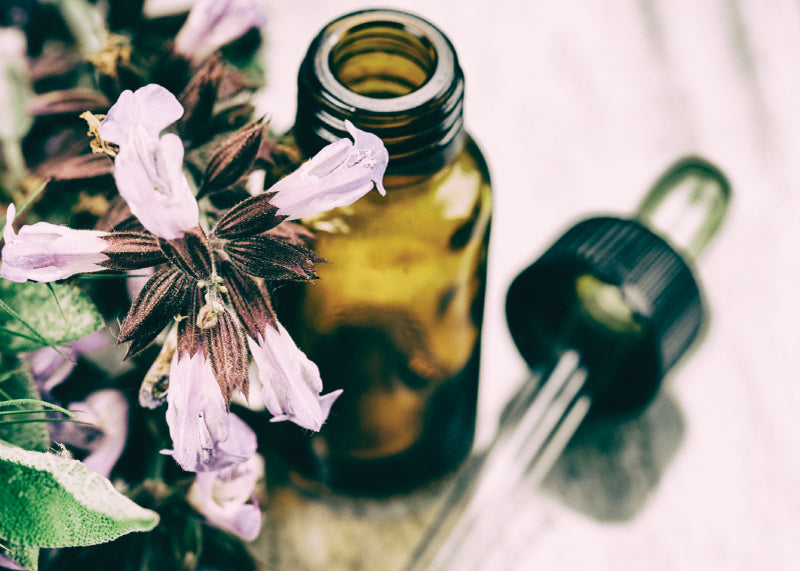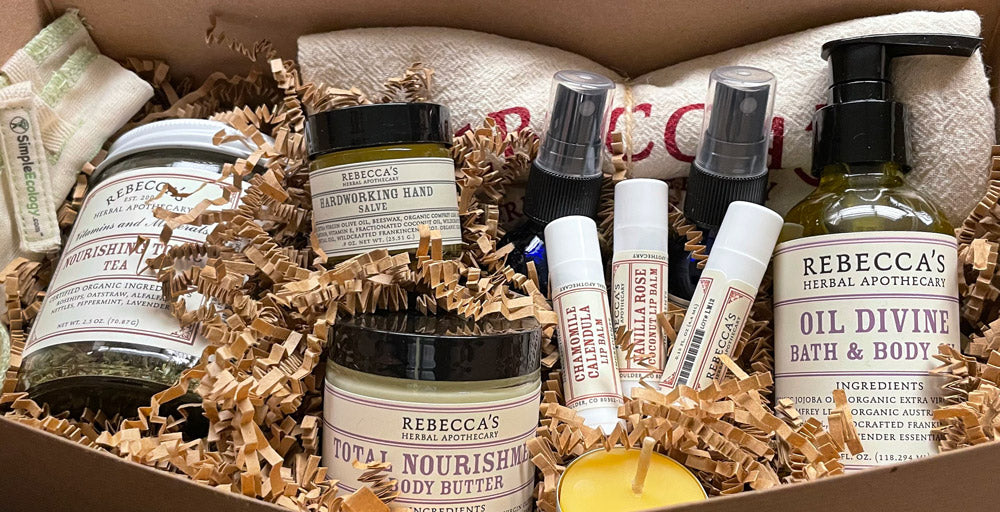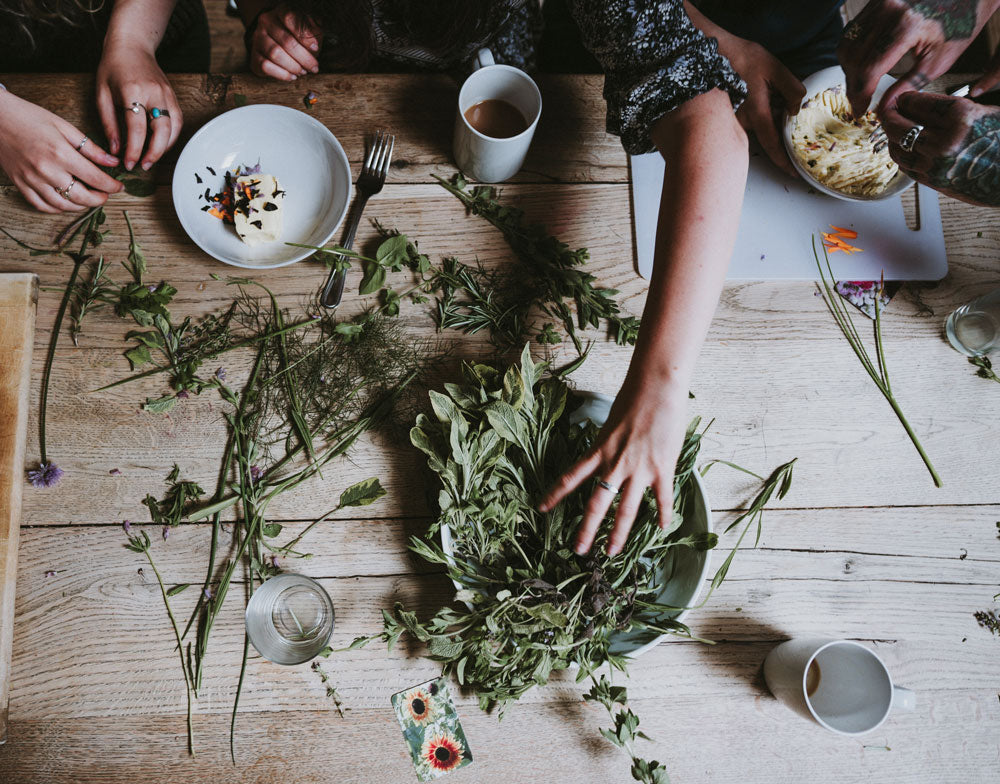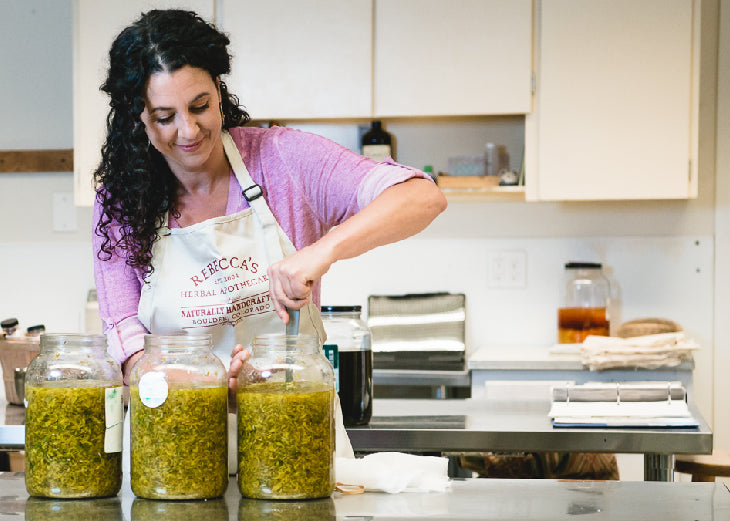Herb Article
Hibiscus
By Ashlee Bodo, certified clinical herbalist
 Hibiscus
Hibiscus
Hibiscus sabdariffa
(other common names: Red Sorrel, Roselle)
Family
Malvaceae
Parts used
Calyces of the flowers
Medicinal Properties
There are many species of Hibiscus. We are going to focus on Hibiscus sabdariffa. Originally native to tropical Africa, Hibiscus is grown in the subtopics and tropics worldwide and has escaped cultivation and become naturalized in tropical America and Asia. It is a robust, many-branched shrub-like plant that can grow to about 4-7ft tall. At the bottom of each flower, enclosing the bases of the five petals, is a fleshy, bright red cup-like structure called a calyx. The calyx is about 1 inch in diameter. These are harvested while they are still tender and juicy, about 10 days after the flowers appear. The calyces are what you will find in commerce (including Rebecca's).
Hibiscus is very high in vitamin C and bioflavonoids (which are most commonly known for their antioxidant activity). It has been shown to have mild diuretic and choleretic (stimulates bile production in the liver) effects, decreasing the viscosity of the blood, reducing blood pressure and stimulating intestinal peristalsis. The plant is also reported to be antiseptic, aphrodisiac, astringent, and digestive. Wow!
It is used as a folk remedy to treat cough, stop heavy post-partum bleeding, lower fever, hangover, and is often used as a tonic tea for digestive and kidney functions.
One of Hibiscus' most popular uses is to add a beautiful ruby-red color to tea blends. It has a delicious flavor (somewhat tart, with a slightly sweet aftertaste), and blends nicely with lots of other herbs. It is cooling, and therefore lends itself well to iced teas. In Jamaica, you will find iced "sorrel tea" (a sweetened hibiscus and lemongrass teas) just about everywhere.
The calyx is rich in citric acid and pectin, so it is useful for making jams, jellies, etc.
Preparations & Applications:
Infusion: usually combined with other herbs (the percentage of Hibiscus in your formula depends on your preference). Use about 1 tablespoon of herb blend per 1 cup of water.
Recipe
High-C Tea
2 parts Hibiscus
2 parts Rose Hips
1 part Lemongrass
2 parts Lemon Balm
1 part Cinnamon
1/4 part Licorice
Parts are by volume. You can make a part as much or as little as you like (teaspoon, tablespoon, cup, etc...). This sweet-tart tea can be used as a daily tonic (especially useful during cold season).
Sources
Family Herbal by Rosemary Gladstar
Herbal Vade Mecum by Gazmend Skenderi




